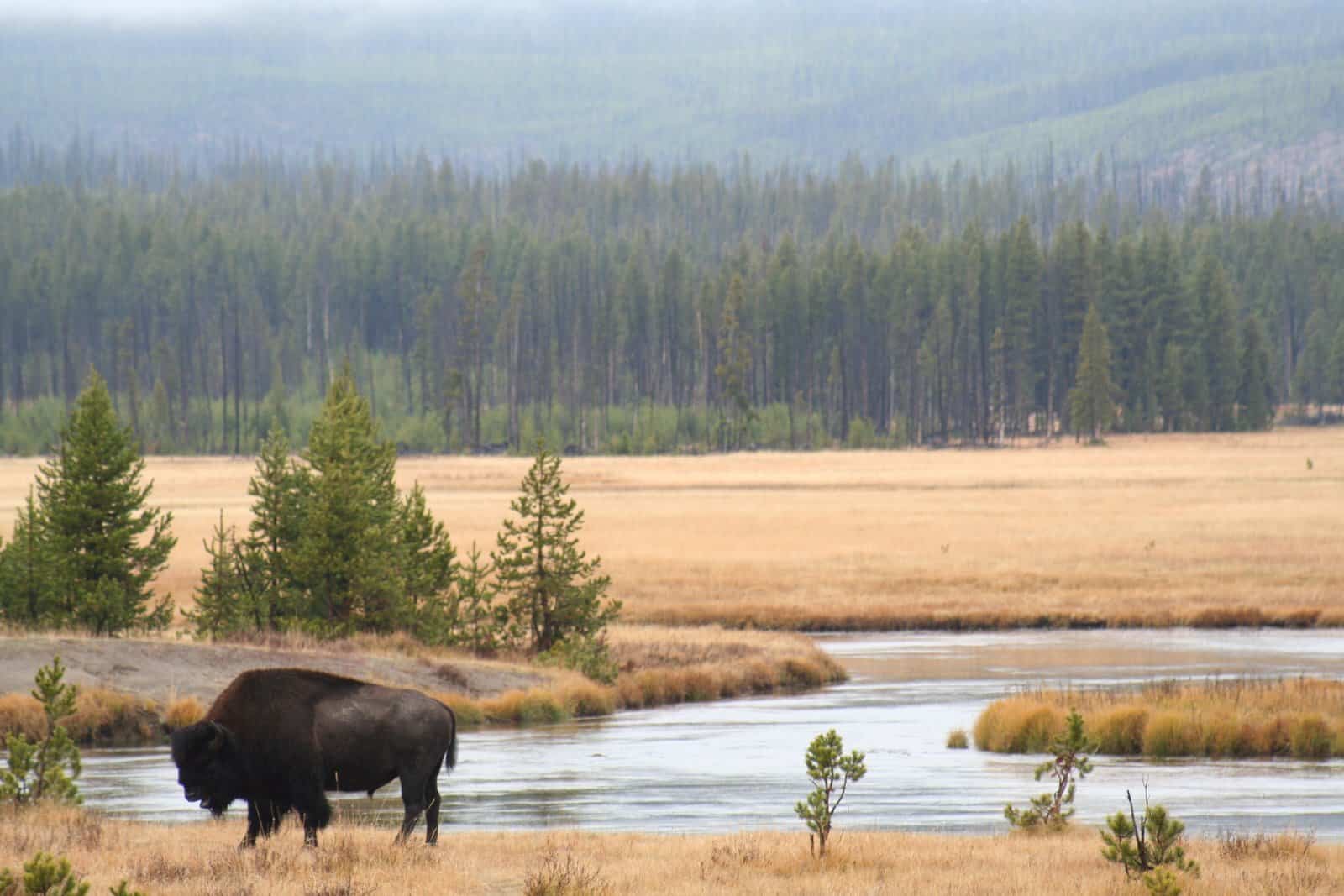Share this article
Endangered leopard lizards need suite of habitat features
Endangered leopard lizards in central California rely on habitat features created by another endangered species—giant kangaroo rats.
Blunt-nosed leopard lizards (Gambelia sila) are only found in California’s San Joaquin Valley, where there’s heavy agricultural use. Habitat loss likely due to farming has caused a decline in the federally endangered lizards. As of a decade ago, the reptiles have lost about 90% of their historical range due to farms in the valley, said Nicole Gaudenti, a wildlife biologist at Oceano Dunes State Vehicular Recreation Area in California. Their largest remaining stronghold, she said, is around the Carrizo Plain National Monument.
These lizards are desert-dwelling for the most part, which means they are highly adapted to regulating their body temperatures under extreme outside temperatures. They are mostly only active in the three hottest months of the year and hibernate underground for the remaining nine. The lizards don’t usually dig their own burrows—instead they often rely on the burrows dug by other animals like the also federally endangered giant kangaroo rat (Dipodomys ingens).
Climate change may lead to more extreme temperatures in the area. Better understanding the specific ways that they thermoregulate, or control their body temperatures, is key to conserving blunt-nosed leopard lizards moving forward.
Gaudenti and her colleagues believed that shrubs were likely important for the lizards, providing them shade to cool down in the hottest parts of the day. They wanted to see how the lizards were using these features on the landscape in the harsh desert summer temperatures.
“Shrubs could potentially be used as a management tool to help them thermoregulate in the future,” said Gaudenti, who was a master’s student under biology professor Emily Taylor at California Polytechnic State University, San Luis Obispo at the time she conducted the study published recently in Ecology and Evolution.
Using poles with strings tied in slipknots at the end, the researchers lassoed 20 blunt-nosed leopard lizards at each of two different sites at Carrizo Plain in 2019. After collecting them, they fitted the 40 lizards with radio-telemetry tracking collars equipped to track their body temperatures. These devices pinged information to a receiver that stored the temperature data from all lizards roughly within a 300-meter radius. They tracked the lizards for 5 to 6 days a week for 2.5 months during the summer. They also mapped the surrounding habitat features.
The researchers found that when shrubs were around, the lizards were strongly associated with the plants. They would climb on small shrubs sometimes to get off the hot ground and would use the shrubs as cover from predators.
But analysis of the lizards’ temperatures showed that those in the site without shrubs actually maintained an optimal temperature better than those around shrubs.
Gaudenti said the lizards without shrubs nearby are likely using burrows more often to thermoregulate, going back underground whenever temperatures get too high.
But the researchers also believe this strategy involves a tradeoff. Lizards using shrubs can remain above ground more often, where they may find better opportunities to feed and mate than those that have to cool down by going underground periodically.
She said the study shows that while shrubs may be important for these leopard lizards, features like burrows are also important for thermoregulation. In other words, conserving the giant kangaroo rats that dig these burrows will also likely benefit blunt-nosed leopard lizards.
Header Image: A blunt-nosed leopard lizard fitted with a radio-telemetry collar. Credit: Emmeleia Nix








